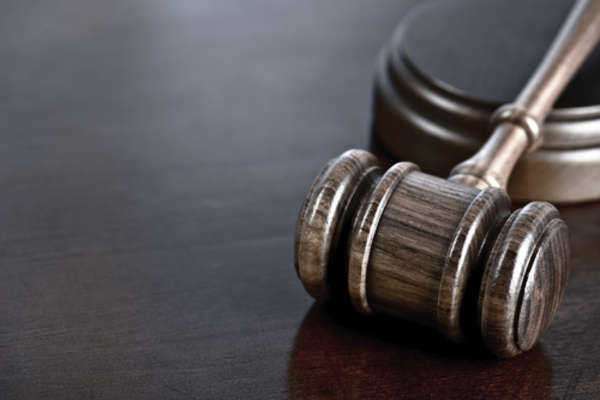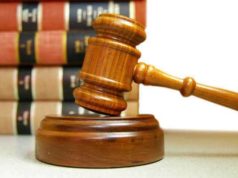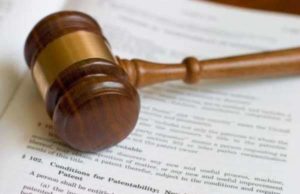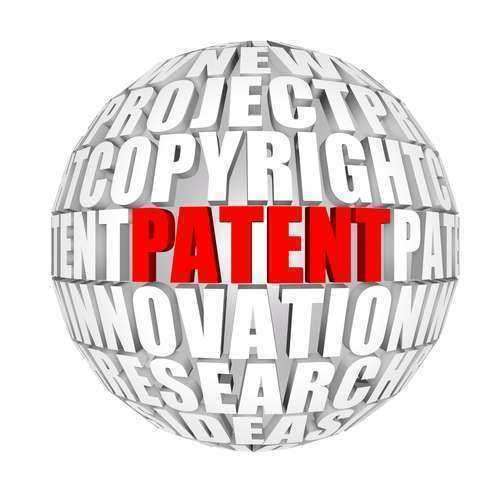
Title 35 of the United States Code provides the measures by which the United States Patent and Trademark Office (USPTO) registers applicants for patents. Among these, Section 154 should be referred to by a likely or hopeful patent holder for patent terms limits and related procedures and regulations. In general the length of time allowed for a patent term will be twenty years. Section 156 contains the provisions for the extension of a patent term beyond the twenty-year cut-off date by the request and valid application of the patent holder.
Part (a) of Section 154, which applies “In General” to the section’s overall subject of “Contents and term of patent; provisional rights,” includes as (2) among its provisions the “Term” that may be allowed for the maintenance of patent registration rights. The period of twenty years for the patent term is defined as beginning on the date on which the patent is issued and ending twenty years from the day on which the application was filed.
If the patent application was approved on the basis of a patent application received at an earlier date, then the date of the earlier application will be used to set the cut-off date for the patent term. The sections found elsewhere in Title 35 which pertain to this provision include 120, 121 and 365 (c). Provision (3) of Part (a) of Section 154 rules that the priority of a patent as may be provided for by Section 119 is not relevant for determining patent term limits.
Part (b) of Section 154 concerns “Adjustment of Patent Term.” Provision (1) describes “Patent term guarantees.” The various regulations contained in (1) allow for extensions to be made to the length of a patent term in instances in which registration is delayed for some reason outside the control of the patent applicant. (A) provides for the promptness of “patent and trademark responses” to application communications, in view of which the USPTO will make an addition of one day for every day after which the appropriate time for action by the USPTO toward registration of a patent has elapsed. (B) allows for the extension of a patent term by one day for every day following the three-year period after which the application is received. Similar patent term protections are made in (C), which concerns delays caused to patent issuance for such reasons as appeals and the need for secrecy.
Provision (2) sets down restrictions to the rights enumerated by the preceding sections. For instance, if it is found that the applicant did not meaningfully “prosecute” the patent application for a certain period of time, that length of time should be subtracted from any patent term granted. Any delay experienced by the patent applicant shall be restricted in its applicability to the patent term to the actual period during which registration was being awaited, as opposed to the accumulating periods of time lost to various causes for delay as may have occurred alongside each other.














